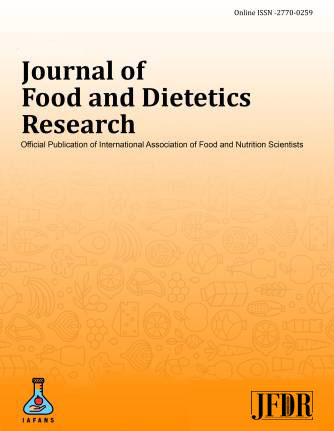STUDY ON THE RELATIONSHIP BETWEEN ANTHROPOMETRIC INDICES AND INTELLIGENT QUOTIENT (IQ) AMONG PRESCHOOL CHILDREN
INTELLIGENT QUOTIENT (IQ) AMONG SELECTED PRESCHOOL CHILDREN
DOI:
https://doi.org/10.48165/jfdr.2022.2.2.1Keywords:
Anthropometric indices, malnutrition, I.Q., preschool children, stunting, wasting, Kohs Block Design Test.Abstract
Nutritional status was thought to have a serious effect on intelligence among preschoolers.
The objective of this study was to find out the relationship between anthropometric indices and intelligent quotient (IQ) among preschool children. 100 preschool children (62 boys and 38 girls) within the age range of 3 to 5 years were used for the study. The anthropometric indices (Height-for-Age, Mid- Upper Arm Circumference-for-age, Weight-for-Age, Weight-for-Height, and Head Circumference-for-Age) of 100 pre-school children (3-5years) were assessed in this research. These indices were then correlated with Intelligent Quotient (IQ) of the subjects, which was determined by using Kohs Block Design Test. Among the anthropometric indices that were correlated with IQ, Mid Upper Arm Circumference (MUAC)-for-age has the highest correlation coefficient (R= 0.313) and hence has the strongest linear correlation with Intelligent Quotient of the subject. While the height-for-age index has the least linear relationship with IQ (R=0.109). Although these indices were found to have a linear correlation with IQ, they are not the only determinants responsible for IQ variations among preschoolers. One such determinant which was proven to have a very strong correlation with IQ is genetics.




